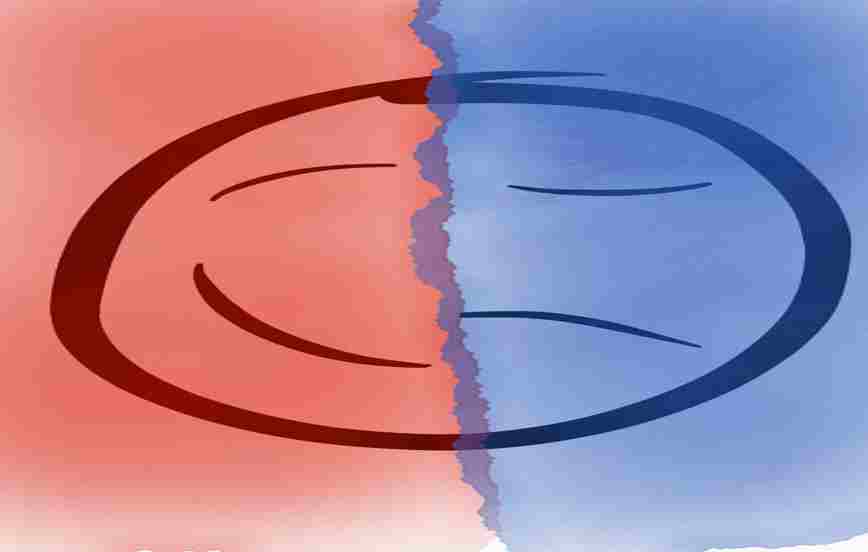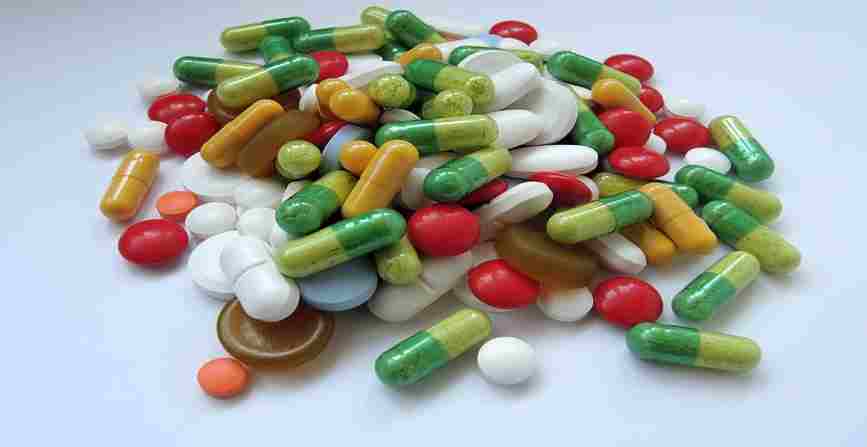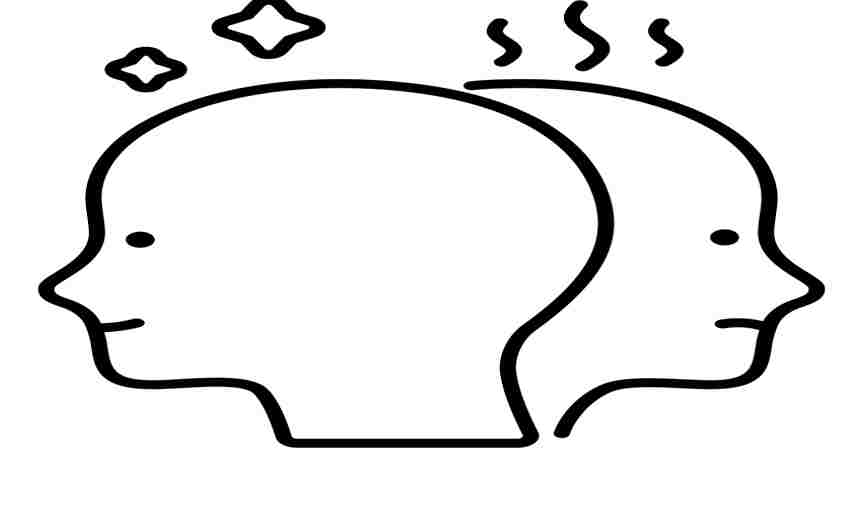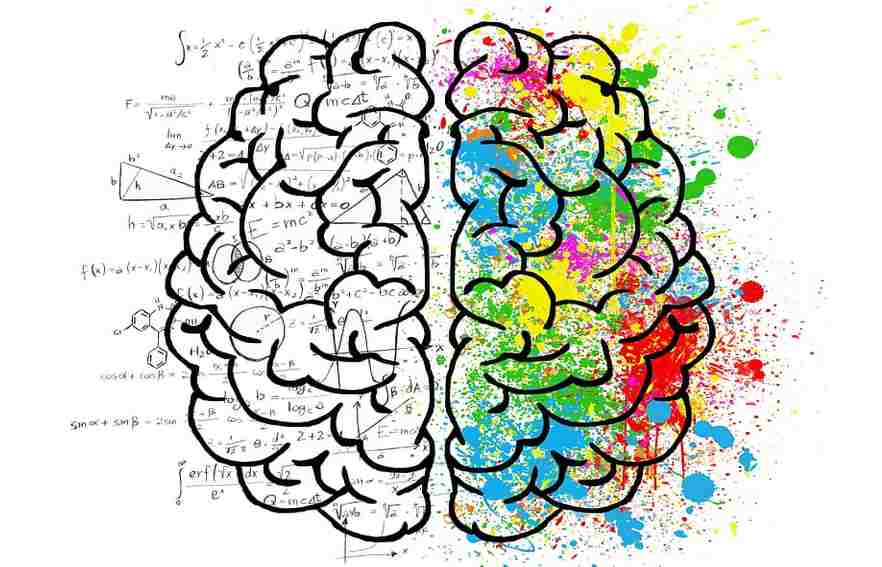
What Is Bipolar Disorder?
Bipolar disorder, once called manic depression, is a brain disorder or a mental illness, that causes discrepancies in a person’s mood, energy, and ability to function. People with this disorder experience intense and extreme emotions that generally occur during distinct periods of days to weeks, called mood episodes. These mood episodes are classified as manic, hypomanic, or depressive. Manic and hypomanic meaning abnormally happy or irritable and depressive means abnormally sad. People suffering from this disorder also undergo a period of neutral mood. After being treated people with bipolar disorder can experience a full and happy life.
People often compare their normal mood fluctuations to those of bipolar disorder. Normal mood fluctuations typically last hours unlike those of bipolar disorder which last days. People with bipolar disorder have mood changes that occur simultaneously with a degree of change in behavior and difficulty with socializing and following their daily routine. Whereas, normal mood fluctuations do not accompany those. Bipolar disorders can disrupt a person’s relationships with loved ones.
The Different Diagnoses Of Bipolar Disorder
Bipolar disorder can be diagnosed as either bipolar I, bipolar II, or cyclothymic disorder.
Bipolar Disorder is genetic and runs in families. Environmental factors trigger mood episodes in vulnerable people. Although the specific cause of bipolar disorder is unclear, a chemical imbalance in the brain can lead to dysregulated brain activity. The average age of onset is 25 years old.
People with bipolar I disorder generally also have other mood disorders such as anxiety, substance use disorder, and/or attention-deficit/hyperactivity disorder (ADHD). The risk of suicide is significantly higher among those with bipolar I than in the general population.
Bipolar I Disorder
- Bipolar I disorder is diagnosed in an individual when they experience a manic episode that preceded or followed a hypomanic or depressive episode. During a manic episode, people with bipolar I disorder experience an extreme increase in energy and may feel on top of the world or they may experience an uncomfortably irritable mood. Sometimes during a manic episode, people may trigger a break from reality or psychosis. Some people with this disorder may also experience hypomanic and depressive episodes. Most people having this disorder also have periods of neutral mood.
=> Symptoms of Bipolar I Disorder:
1. Manic Episode
- A manic episode lasts a period of at least one week wherein a person is extremely high on energy or has a very irritable mood. They experience at least three of the following changes in behaviour:
- Decrease in sleep (feeling energetic despite having insufficient sleep).
- Increased or faster speech.
- Quick changes in topics while speaking or abnormally quick racing thoughts.
- Easily distracted.
- Increased activity (eg, restlessness, working on several projects at once).
- Increased risky behaviour.
- These must be noticeably changing behaviours from the person’s usual behaviour. Symptoms must be so disruptive causing dysfunction in work, family or social activities. Symptoms of a manic episode generally require a person to receive hospital care. Some people undergoing a manic episode may experience psychotic features such as hallucinations, false beliefs, etc.
2. Hypomanic Episode
A hypomanic episode has less severe manic symptoms and lasts only four days in a row rather than a week. Hypomanic symptoms do not cause problems in daily functioning like manic symptoms cause.
3. Major Depressive Episode
- A major depressive episode lasts for about two weeks, wherein a person experiences five of the following symptoms:
- Intense sadness or despair
- Loss of interest in activities once enjoyed
- Feelings of guilt or worthlessness
- Fatigue
- Increased or decreased sleep
- Increased or decreased appetite
- Restlessness or slowed speech and movement
- Difficulty concentrating
- Frequent thoughts of death or suicide
- One must experience one of the first two symptoms.
Bipolar II Disorder
- In order to be diagnosed with bipolar II disorder, one must have at least one major depressive episode and at least one hypomanic episode. People experience neutral moods and return to their normal functioning between the two episodes. People generally search for treatment after experiencing their first depressive episode, since hypomanic episodes feel pleasurable and can increase performance at work or school. People suffering from bipolar II disorder may have other mental illnesses alongside, including anxiety disorder or substance use disorder, which can exacerbate symptoms of depression or hypomania.
Cyclothymic Disorder

Cyclothymic disorder is a less severe form of bipolar disorder involving frequent mood swings accompanied by hypomania and depressive symptoms. People with cyclothymia experience emotional highs and lows but with less severe symptoms than bipolar I or II disorder.
Cyclothymic disorder symptoms:
- For at least two years, many periods of hypomanic and depressive symptoms, but the symptoms do not meet the criteria for hypomanic or depressive episodes.
- During those two years, the symptoms have lasted for at least half of the time and have never stopped for more than two months.
Treating Bipolar Disorder
Bipolar disorder symptoms improve with treatment. After treatment one can lead a productive and healthy life. Medication is the most frequently used mode of treatment. Following talk therapy (psychotherapy), which introduces patients to a better understanding of their illness, also helps in making sure that the patient adheres to regular consumption of medications and improves their trust in the treatment.
Medications generally termed “mood stabilizers” are the most commonly prescribed medications. These medications are believed to correct the imbalance in brain signaling. As bipolar disorder is a chronic illness, in which mood episodes constantly occur, ongoing preventive treatment is beneficial. Bipolar disorder treatment is individualized; meaning people with bipolar disorder may need to try different medications in order to find what works best for them. In some cases, neither medication nor psychotherapy helps the patient. In these cases, an effective treatment method used is called electroconvulsive therapy (ECT). ECT involves several rounds of brief electrical current applied to the scalp while the patient is under anesthesia, leading to a short controlled seizure. ECT-induced seizures are believed to remodel the brain signaling pathways. This is the quickest form of treatment showing immediate effectiveness. Since bipolar disorder can cause serious discrepancies in one’s personal life and create stressful family situations, family members also benefit from professional resources, particularly mental health advocacy and support groups. From these sources, families can learn strategies for coping, participating actively in the treatment and obtaining support.

It also prevents mental illnesses that may affect the family members.
Treatment for all three diagnoses of bipolar disorder involves the above-mentioned mechanisms. In cyclothymia disorder, psychiatrists generally tell the patient to keep a mood journal which is an effective way to observe mood patterns and mood fluctuations.
Symptoms Of Bipolar Disorder In Children And Teens
- Symptoms of bipolar disorder are often difficult to diagnose in children and teens. This is because it is hard to differentiate between normal mood fluctuations a teen undergoes and the mood changes in bipolar disorder. Patterns of mood changes and episodes vary in children and adults, making it difficult to diagnose. Moods can rapidly shift during episodes. The only way to diagnose bipolar disorder in teens and children is by observing mood shifts that are severe and prominent, and different from their usual mood swings.
Causes Of Bipolar Disorder
- The exact cause of bipolar disorder is unknown and may vary from person to person. But several factors may be involved.
Biological differences: People with bipolar disorder seem to have different brain structures or a chemical imbalance in their brain or difficulty in brain signaling. All of which could potentially cause bipolar disorder. The significance of these changes is uncertain but may eventually help pinpoint causes.
Genetics: Bipolar disorders often run in families and are more common in those who have a first-degree relative, such as a sibling, or parent, with the condition. Researchers are still trying to evaluate genes involved in causing bipolar disorder.
Environmental: Environmental factors play a significant role in the development and course of bipolar disorder. Recent stressful or traumatic life events may trigger the disorder or cause its onset.
Neurological: Some reports conclude the cause of the bipolar disorder is a result of an injury or neurological condition, for example, a stroke, traumatic brain injury, HIV infection, sclerosis, etc.
Risk Factors

- Factors that may increase the risk of developing bipolar disorder or act as a trigger for the first episode include:-
- Having a first-degree relative with the disorder such as a parent or sibling.
- Periods of high stress, such as the death of a loved one or another traumatic effect.
- Drug or alcohol abuse.
Complications
- If bipolar disorder is failed to be diagnosed or left untreated, it can result in some serious problems that affect every area of your life.
- Problems related to drug or alcohol abuse.
- Suicide or suicide attempts.
- Legal or financial problems.
- Damaged relationships.
- Poor work or school performance.
Some conditions occur alongside bipolar disorder which also needs to be treated. These conditions can worsen bipolar disorder or make treatment less successful.
- Some include anxiety disorder, eating disorder, attention-deficit/hyperactivity disorder (ADHD), alcohol or drug problems, and physical health problems.
Prevention
- There is no absolute way that will prevent bipolar disorder. However, some measures may be taken which will reduce the chances of increment of the disorder or reduce chances of getting the disorder. Getting treatment at the earliest sign of a mental health disorder can prevent bipolar disorder and other mental health conditions from worsening. If you have been diagnosed with bipolar disorder, some strategies can help prevent minor symptoms from becoming full-blown episodes of mania or depression.
Pay attention to warning signs.
Avoid drugs and alcohol.
- Take medications exactly as directed. You may be tempted to stop treatment, which may cause withdrawal effects or symptoms may worsen or return.
What Goes On In The Brain During Bipolar Disorder?

Bipolar disorder is thought to be caused by or results in abnormalities in the brain structure and function. Discrepancies may be observed in certain areas of the brain which are responsible for certain cognitive tasks. Areas of the brain such as the amygdala are important and responsible for the processing of emotions. Studies have shown that areas such as the prefrontal cortex and claustrum are smaller in size in those suffering from bipolar disorder. Some regions are larger in size such as the amygdala. These irregularities have been observed using the help of an MRI. Functional MRI or fMRI suggests that the vPFC which regulates the amygdala and limbic system has decreased activity in those suffering from this disorder. Other studies propose that there is a difference in brain activity in those suffering from bipolar disorder. They have increased activation of left hemisphere limbic areas which regulate emotional experiences and develop emotional responses. There is decreased activity of cognition-related structures in the right hemisphere which also are associated with the regulation of emotions.
Several neurotransmitters are associated with mood changes and emotional responses. There is an imbalance in neurotransmitters in those suffering from bipolar disorder. For example, dopamine, which is responsible for mood cycling, has an increased transmission during manic episodes. Decreased levels of serotonin are present in those suffering from bipolar disorder.
Recent Research On Bipolar Disorder
Researchers have found 20 new genetic associations with bipolar disorder. Bipolar I disorder was significantly correlated with major schizophrenia and driven by psychosis, bipolar II disorder was strongly correlated with major depressive disorder.
In a study, 28.9% of patients with bipolar disorder also showed predominant polarity, 17.4% showed depressed polarity predominant and 11.5% showed manic predominant. People having predominant polarity had a longer duration and earlier onset.
Patients with bipolar disorder and their siblings showed higher scores in cyclothymic and hyperthymic temperaments than controls. There was a strong relationship between anxious/cyclothymic temperaments and the high number of life events.
In a clinical trial, the medicine infliximab did not treat the patient.
Males who were highly aggressive but low on withdrawal were at greater risk for schizophrenia diagnoses.
People who live alone have a greater risk of common mental illnesses.
Those taking lithium medications to treat bipolar disorder had an increased risk of kidney issues.
Top 13 Interesting Facts On Bipolar Disorder
Bipolar disorder medications may affect pregnancy and birth control.
Bipolar disorder increases the risk of suicide and self-harm. Over a period of 20 years, 6% of those with bipolar disorder died by suicide, and 30-40% engaged in self-harm.
Genetic factors account for up to 70-90% of the risk of developing bipolar disorder.
Bipolar disorder occurs in approximately 1% of the global population.
Symptoms most commonly begin between the ages of 20 and 25 years.
In surveys, 30-50% of the adults diagnosed with bipolar disorder report traumatic/abusive experiences in childhood.
Bipolar disorder is the sixth leading cause of disability in the world and has a lifetime prevalence of about 1 to 3% in the general population.
8% of the world experiences a manic episode at least once and 0.5% experience a hypomanic episode.
8% of people between ages 7 and 21 have bipolar disorder.
The United States spends approximately 202.1 billion USD on people being diagnosed with bipolar disorder.
The United Kingdom spends approximately 5.2 billion pounds on the disorder.
The lifetime risk of suicide has been estimated to be as high as 20% in those with bipolar disorder.
People who meet the criteria for bipolar disorder experience several episodes, on average 0.4 to 0.7 per year, lasting three to six months.







